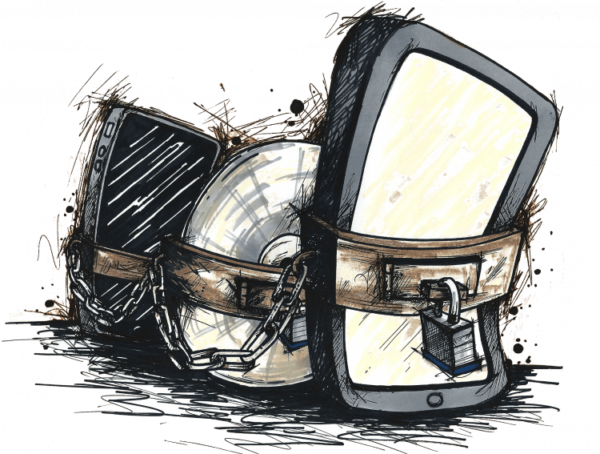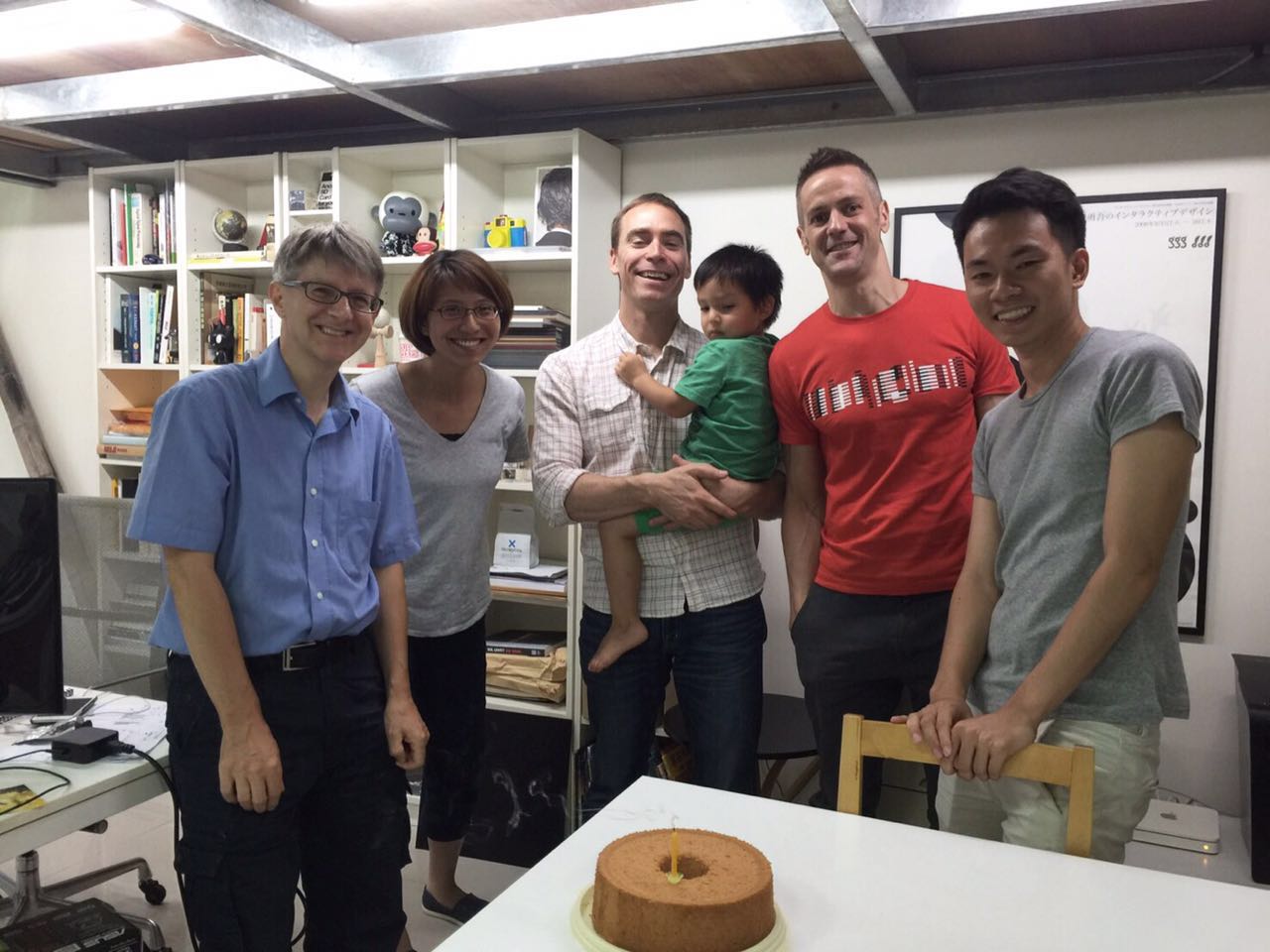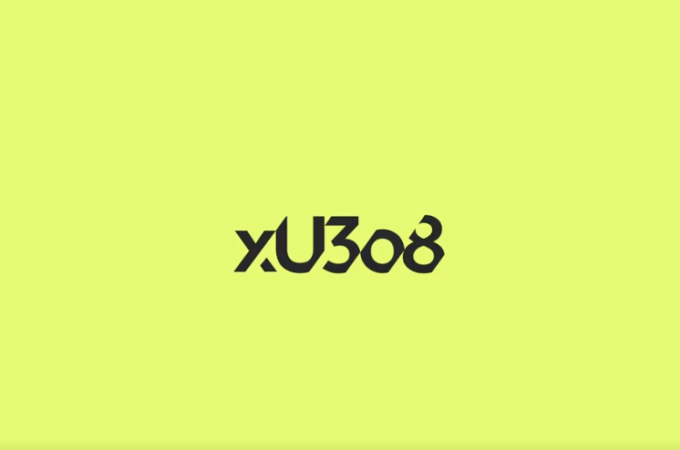
How this blockchain startup plans to tackle restrictions on your e-books and music
By Eva Xiao for TechInAsia
Imagine buying a book from a bookstore and bringing it home. You scribble notes in the margins as you read, and dog-ear the pages you love. You lend it freely to friends. It is yours.
In the digital world, that’s not always the case – even for products you pay for.
“The problem is that digital property doesn’t exist,” Sean Moss-Pultz, CEO of Taiwan-based startup Bitmark, tells Tech in Asia. “The things we make in the digital environment, whether these are photos or the data we generate […] there’s not property rights to that.”
Buying software from Adobe or downloading music from iTunes is a fundamentally different process than brick-and-mortar purchases, he explains. For instance, after you buy a CD, the shop has no right to track you down and physically take it back from you. Online platforms, such as Amazon, often do. It’s called Digital Rights Management (DRM), which is meant to prevent users from copying or sharing digital products.
However, DRM can give platforms undue control. In 2009, Amazon remotely deleted several e-book editions of George Orwell’s 1984 and Animal Farm because they were illegal copies. Kindle customers got their money back, but it was still chilling – a little too Big Brother for everyone’s liking.
Bitmark wants to change that system with blockchain technology.
“What Bitmark is and does, is it’s a property system for the digital environment,” says Sean. “It creates digital properties that can be transferred, sold, rented, leased – whatever you want.”
Claim what’s yours
The idea of digital property ownership came to Sean about four years ago when he was flying between Taiwan and the US. “There was massive turbulence, and I thought for sure I was going to die,” he recalls. It prompted him to think about his will and how he wanted his family to inherit his bitcoin and the e-books in his Kindle library.

Some Bitmark team members (left to right): Chris Hall, Head of Engineering; Yu-Tai Chang, Engineering; Sean Moss-Pultz, CEO; Casey Alt, Head of Design; Kerwin Chen, Designer. Photo credit: Bitmark.
“I was originally thinking about all these books and all this music that I’ve collected over the years,” he says. “I wanted my son to have those, because then he could know what kind of guy I was.”
In 2014, Sean started Bitmark, pulling in old colleagues from OpenMoko, an open-source phone startup he founded in 2006. Together, they created an open-source blockchain to record property titles – called “bitmarks” – for digital property, such as graphic designs, songs, and photographs.
You are publicly claiming that this is yours – that you made this – and these are both recorded.
Bitmarks include information about ownership, the property itself, and link to a unique digital asset. Using bitmarks, people can register, list, and sell their digital goods. For example, if a photographer wanted to sell five copies of an image, she would issue five bitmarks. She could then share her listing on social media, linking back to Bitmark’s registry. Buyers would pay in bitcoin or via credit card.
“Each asset that’s recorded has a digital signature,” says Sean. “You are publicly claiming that this is yours – that you made this – and these are both recorded.”
“It’s known as a decentralized system. That means there’s no central authority that polices it,” he adds.
Similar to bitcoin, each transaction is verified by miners in Bitmark’s network. Using the item’s unique fingerprint, the transaction time stamp, as well as the buyer’s digital signature, the peer-to-peer network verifies each bitmark transfer. Verification takes two to three minutes. If the transaction is legitimate, Bitmark’s app will complete the transfer through BitTorrent or WebTorrent, two peer-to-peer protocols for file sharing.
To incentivize miners, each transaction comes with a fee, paid in bitcoin. Bitmark makes a 8.5 percent commission on sales made through its registry, leaving 90 percent to the property owner and 1.5 percent to the miner that verified the transaction.
Sell your data
It’s important to note that Bitmark’s system does not prevent unauthorized copying. If someone tries to plagiarize your work, a bitmark might be helpful in court, but it won’t stop copycats from illegally profiting from your work.
“It’s up to the buyer or the courts or the legal system wherever you are to determine who is the actual owner,” explains Sean. “We don’t police anything.”
With Bitmark, people can potentially monetize their footsteps and sleep habits.
Instead, the startup only guarantees the number of bitmarks issued and who they belong to. Ultimately, Bitmark isn’t focusing on copyright infringements or becoming the blockchain version of Shutterstock. The bigger picture has to do with owning – and selling – data.
“The reason we built Bitmark is we think data will be a massive asset class that will be able to create a lot wealth for individuals and companies,” says Sean.
In particular, the company sees health data as a lucrative opportunity. Data about your heartbeat, where you’re going, or the number of steps you take every day might not seem valuable to you, but companies and researchers will pay for it, he says. Using Bitmark, people can export data from Fitbit and their phone, and list it on the startup’s registry.
“That data right now is stuck in [your phone]. You can’t get it out,” says Sean, referring to personal data typically only available to the user and the software company collecting it. With Bitmark, people could potentially monetize – or donate – their footsteps and sleep habits.
“The buyer of that data, which could be a researcher, would then know if the data was authentic,” he continues. “They would know the provenance of that data, so where it came from, when it was created, how it was created.”
Last November, Bitmark raised a US$1.7 million seed round led by Cherubic Ventures, and counts Kevin Lin, COO of Twitch, as one of its investors. Now, the company is busy finalizing the beta version of its bitmark registry app, which will be released after Chinese New Year. Bitmark is also building open-source mining software for its blockchain. That way, anyone can join the startup’s network and verify transactions, which will be crucial to Bitmark’s success and viability.
First appeared at TIA





